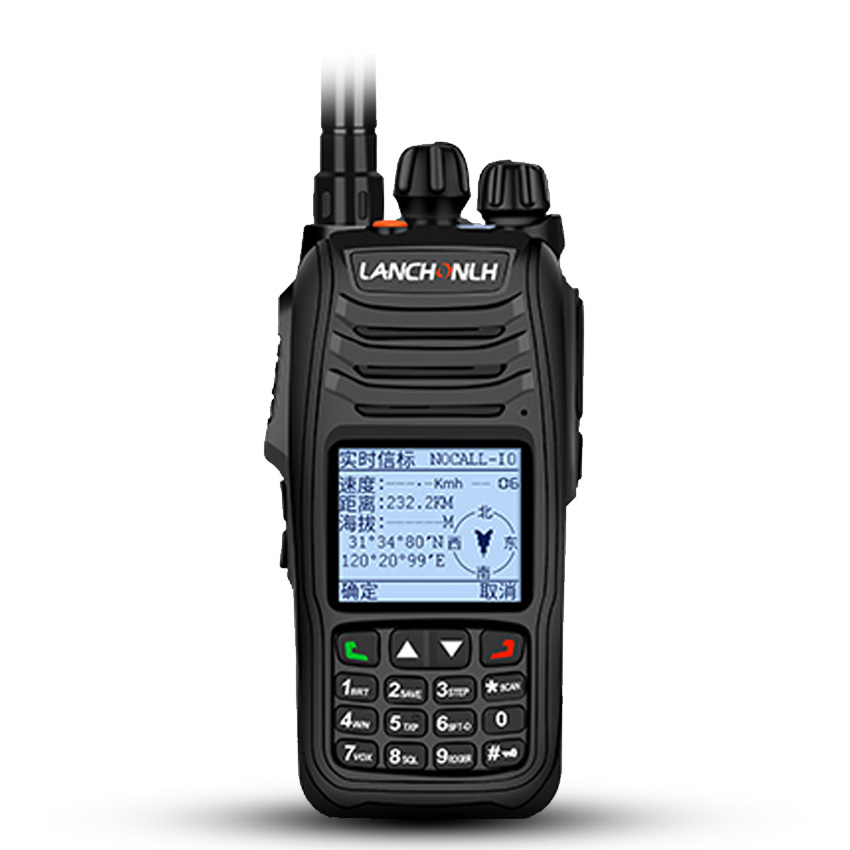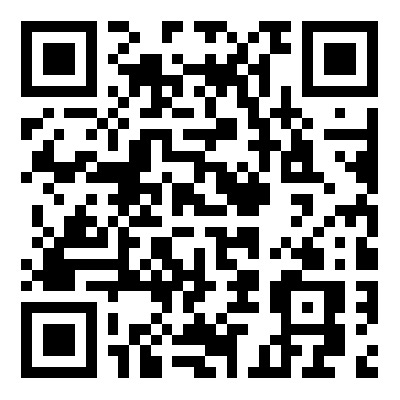Key Differences Between Traditional Walkie Talkies and Global Positioning Two Segment Radio Walkie Talkies: Range and Communication Clarity
2024-06-04
In the realm of communication technology, walkie talkies have long been valued for their simplicity and reliability. However, advancements have led to the development of more sophisticated models, such as the Global Positioning Two Segment Radio Walkie Talkie. These modern devices offer enhanced features, particularly in terms of range and communication clarity, distinguishing them significantly from traditional walkie talkies. Here, we delve into the key differences between these two types of walkie talkies to understand their unique benefits.
1. Communication Range
Traditional Walkie Talkies:
Traditional walkie talkies typically operate on either Very High Frequency (VHF) or Ultra High Frequency (UHF) bands. The range of these devices is largely dependent on environmental factors such as terrain, buildings, and weather conditions. In optimal conditions, VHF radios can achieve a range of up to 5 miles, while UHF radios may reach up to 2 miles in urban settings due to better penetration through obstacles.
Global Positioning Two Segment Radio Walkie Talkies:
The Global Positioning Two Segment Radio Walkie Talkie leverages both VHF and UHF frequencies, significantly enhancing its range capabilities. By utilizing dual-segment technology, these devices can automatically switch between VHF and UHF bands to maintain optimal communication. This flexibility allows for extended ranges, often surpassing the limitations of traditional walkie talkies. Additionally, the integration of GPS technology can assist in maintaining signal integrity over greater distances, ensuring reliable communication even in challenging environments.
2. Communication Clarity
Traditional Walkie Talkies:
Communication clarity in traditional walkie talkies can be affected by several factors, including interference from other electronic devices, physical obstructions, and signal degradation over distance. While these devices are generally effective for short-range communication, their clarity diminishes as the range increases or in areas with numerous obstacles.
Global Positioning Two Segment Radio Walkie Talkies:
The advanced technology in Global Positioning Two Segment Radio Walkie Talkies significantly improves communication clarity. The ability to switch between VHF and UHF bands helps avoid interference and maintain clear signals. Moreover, the integration of GPS allows for more precise and stable communication links. These devices often include noise-canceling features and digital signal processing, which further enhance audio clarity by reducing background noise and signal distortion. This ensures that messages are transmitted and received clearly, even over longer distances and in complex environments.
3. GPS Integration and Location Tracking
Traditional Walkie Talkies:
Traditional walkie talkies lack built-in GPS functionality. Users relying on these devices must use separate GPS units or maps for location tracking and navigation, which can be cumbersome and less efficient, especially in critical situations.
Global Positioning Two Segment Radio Walkie Talkies:
The integration of GPS in Global Positioning Two Segment Radio Walkie Talkies provides real-time location tracking and navigation directly through the device. This feature allows users to share their exact coordinates, enhancing team coordination and safety. In addition to improving communication clarity by maintaining stable signals, the GPS functionality also facilitates efficient route planning and emergency response, making these devices invaluable in various professional and recreational settings.
4. Environmental Adaptability
Traditional Walkie Talkies:
Traditional walkie talkies are often limited by their operating frequency and are more susceptible to environmental factors. Dense forests, urban landscapes, and adverse weather conditions can significantly impact their performance, reducing both range and clarity.
Global Positioning Two Segment Radio Walkie Talkies:
These advanced devices are designed to adapt to diverse environmental conditions. The dual-segment radio technology ensures optimal performance by switching to the most effective frequency band based on the environment. The integration of GPS further aids in maintaining communication stability. This adaptability makes them ideal for use in a wide range of settings, from urban areas to remote wilderness locations.
5. User Interface and Features
Traditional Walkie Talkies:
Traditional models tend to have a straightforward user interface with basic features such as channel selection and volume control. While they are user-friendly, their functionality is limited compared to modern devices.
Global Positioning Two Segment Radio Walkie Talkies:
Modern walkie talkies with GPS integration offer a more sophisticated user interface, often including digital displays, programmable buttons, and advanced features such as location sharing, route mapping, and emergency alerts. These additional functionalities provide users with greater control and utility, enhancing both communication efficiency and user experience.
Conclusion
The Global Positioning Two Segment Radio Walkie Talkie represents a significant advancement over traditional walkie talkies, particularly in terms of range and communication clarity. By leveraging dual-segment radio technology and integrating GPS functionality, these modern devices offer superior performance, adaptability, and user-friendly features. As communication needs continue to evolve, the enhanced capabilities of these advanced walkie talkies make them a preferred choice for both professional and recreational applications, ensuring reliable and clear communication in any environment.



